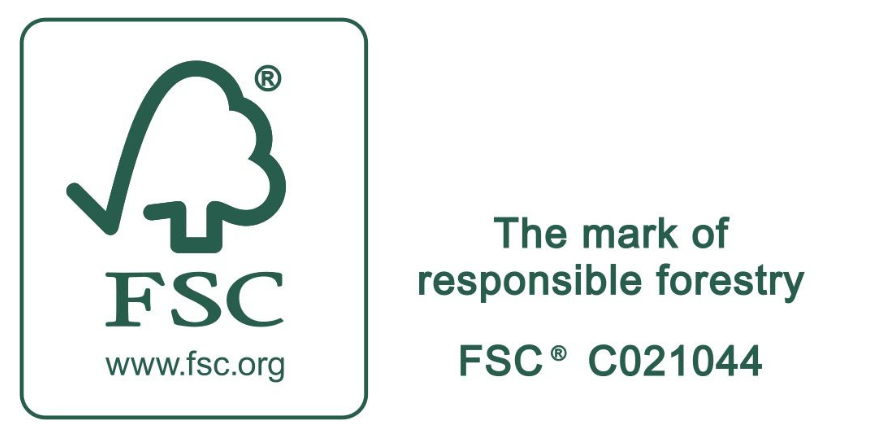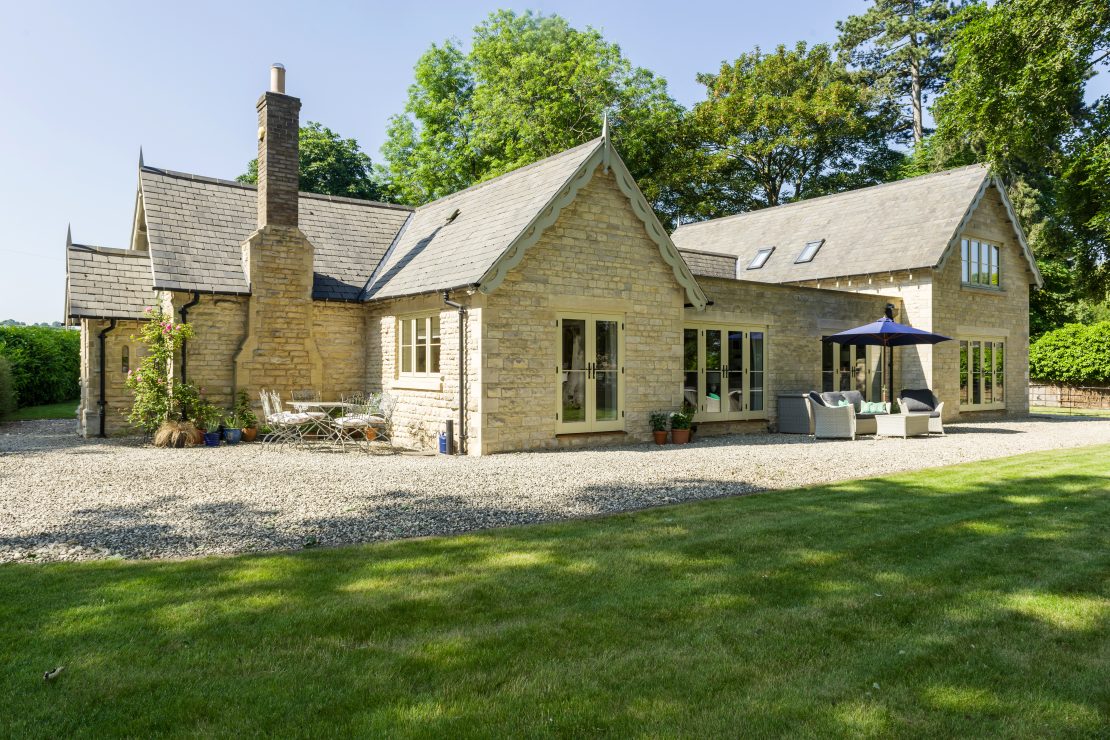October 4, 2021
As part of our ongoing series of interviews with architects and contractor/developers throughout the UK, Paul Iddon, VP of Manchester Society of Architects has been speaking to Jenny from Manchester architect Buttress about what it’s like working on historic projects, conservation and the changes to wider architecture resulting from covid-19.
Jenny studied architecture originally in Nottingham Trent University. She joined Buttress in 2017 after completing her master’s degree at the University of Manchester. Jenny works within the Heritage team, her work mainly focusing on projects involving the restoration and creative reuse of heritage assets.
Jenny is also Treasurer of Manchester Society of Architects and is very active on the MSA council.

Good afternoon, Jenny, thank you for speaking with us today. How are you?
I’m good thanks. I’m actually very busy! It’s a great ‘problem to have’ though. There’s also a lot of work building up to the Manchester Society of Architects Awards on 21st October. Because we missed 2020, there are lots of entries.
To begin, could you tell us a bit about yourself?
I’m originally from Ulverston in Cumbria and I’ve been with Buttress for over four years. Before doing my masters at Manchester University, I developed an interest in historic buildings and places, and how they evolved. This led into my role in heritage-based work. I approached Buttress, originally working in the studio a day per week alongside my Masters, , before securing a full time Part 2 position.
Can you tell us a bit about Buttress?
The ethos at Buttress is about creating buildings that people like to look at and love to use. We work across a range of sectors, from new design, creative reuse and conservation, masterplanning and heritage consultancy.
There are about 70 of us now. There were 40 of us when I started four years ago so we’ve grown quite a bit. We’re all based in Manchester and have just completed an office refurbishment to support flexible working practices.
With working in conservation as well as new build, what does this mean in terms of difference in approach?
With conservation and restoration, it’s about understanding what makes places special in the first place. That deep understanding of the building’s particular significance and delivering the output based on that. Whereas new build is the opportunity to create something special. So, although you are responding sensitively, it’s unquestionably a building of this time, now. But I guess in terms of the similarities, we respond with the same sensitive approach.

How does that work with the current focus on the idea of keeping what exists- retro first? Do you find yourselves in a situation where you persuading clients to stay with existing buildings?
Most of the time, a client will have a brief already, based on feasibility studies. So, if a building is to be demolished, mostly it is due to structural issues or it being unfeasible to retain economically. If we are asked to advise, we would definitely go for retrofit, to conserve and repair what’s already there. Sometimes that can mean extending and creating a new part of that building.
But I think conservation should always be considered first. It can be very difficult and very much a project specific approach.
How do you manage conservation needs in the current regulatory environment especially thermal issues/Part L?
It depends, there are different types of conservation and different types of buildings. Listed buildings, buildings in a conservation area or scheduled monuments are actually exempt from compliance with energy efficiency ratings. It comes down to affecting the building’s character or if it’s harmful to the significance of the building. It is important to collaborate closely with Conservation Officers throughout the process.

In trying to hit the targets, would that include glazing for example?
On some projects where we are restoring traditional sash windows in a listed building, if they are single glazed you can keep them. Many people don’t know this. But we would always advise improving the insulation value, to get it secondary glazed, or use different types of glass conservation officers are happy with.
It comes down to knowing how significant the building is, obviously with grade one listed you might keep the single glazing as you are expected to retain the character of the original material. But if it’s a conservation area, then you would go down the second glazed route or use the alternative glazing types. We are working on a number of Heritage Action Zone projects, which involve unlocking the potential of historic high streets. As part of this work, we are looking at ways to restore old shop fronts that have been covered by modern signage. They’re not listed, but it’s a conservation area and we’re looking at a different glazing system, something that’s looks traditional and very much part of how the building used to look but upgrading the glass. We are able to do that, and as long as the external skin is in keeping with the conservation area status, we can meet more efficient standards.
Do you try and replace with the same materials?
We would always try to replace a timber window with the same material. But it depends on the location and the conservation officer involved. There’s more ‘wiggle room’ working in a building in a conservation area than with a listed building for example.
If we are extending a listed building, we would use traditional timber windows in the existing, but consider alternatives in the new build element.
It’s important to ‘tell the story’ of the building and not necessarily try to replicate what is there. To introduce more modern materials perhaps.
How does climate change and sustainable design affect your thoughts on materials?
For us, sustainable design is part of good design. and integral to the design process. We have a sustainability team that host regular webinars to keep the practice up to date. For instance, keeping us aware of all the products available, especially ones that fit with specification within conservation. We just had a webinar on Passivhaus retrofit and althought it’s not always possible to meet those standards, it is interesting to see where that is headed.
We do have several new build projects where we are trying to meet Passivhaus standards. Clients are more on board with this now and want to make a difference.
For us, sustainable design is part of good design

Has the impact of the Covid-19 pandemic affected the way the practice approaches design?
Definitely, we had a discussion recently about this subject. A lot of younger members of staff live in city centre apartments without external space such as a balcony. Their experience of lockdown has heightened the importance of the architect in creating well-designed spaces that offer comfort, support wellbeing, and allow for a critical separation between home and work. This is something we are always consdering when working on residential projects, but it has taken on new meaning and importance in the post pandemic world.
It’s been fantastic to hear about your work and approach, just a couple of last, quick questions.
Where is your favourite space?
That is difficult at the moment and I have been thinking about this because my own home is currently undergoing a refurb at the moment, so I spend a lot of time looking at cardboard boxes!
I guess it’s the kitchen, I’ve got a large window overlooking the garden, a quiet place to read a book and get out of the busy city sometimes.
Just a nice window overlooking a garden, a quiet place to read a book and get out of the city sometimes!
Last question – now transport that place to anywhere in the world, where would it be?
Overlooking the sea, perhaps Hawaii! I never been but I’d really like to go!
Jenny – thank you so much for taking the time to talk to us.
It’s a pleasure.




















